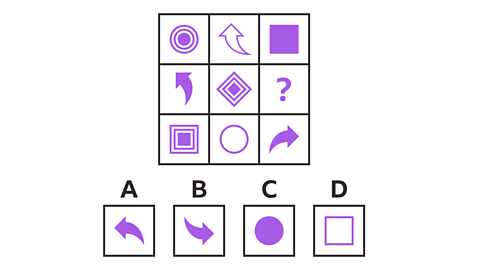Itтs that time again: your resolutions are brewing and youтre ready to turn over a new leaf.
And of course, whatтs a new year without some new hobbies? No worries if youтve got no ideas т ТщЖЙдМХФ Bitesize has come up with five fresh passions to get stuck into. From rhythm-training to preserving food, have a read and see what pickles your fancy.
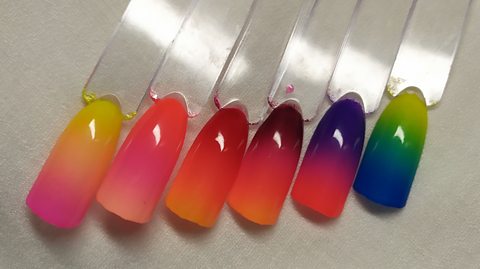
15 minutes: Nail art
Many things can be a canvas, and you have 10 at the tips of your fingers т cue the tiny gems, metallic tape, and sustainable glitter.
Nail art is an ancient practice, spanning possibly as far back as 5000 BC. In many cultures, the colour of a personтs nails related to their status or was part of pre-battle beauty rituals for warriors. With the nail art hashtag accumulating over a whopping 50 billion views on TikTok, it's safe to say its popularity hasnтt declined.
Why not have a go at transforming your fingertips with a simple but effective ombre technique? Ombre means blending one colour or shade into another, often from light to dark or vice versa. You will need nail polish in at least two colours; a primer; a top coat to seal your nail art; and a sponge.
- Use regular nail polish and make sure it doesn't go on your skin. If you have a reaction to one of the products, remove it immediately, let a parent or guardian know, and don't use anything you may be allergic to!
- Pick your colours! From your favourite football team to your pets, anything can be an inspiration
- Prime your nails with a protective base coat
- Paint half your nail with one colour and the tip in a contrasting second colour
- Use a dry sponge to gently dab the point where the two colours meet т this will blend them
- Thatтs it! You can also paint directly onto the sponge and stamp your nail, though you may have to clean up your fingers afterwards
- Finish with a top coat to make your design last

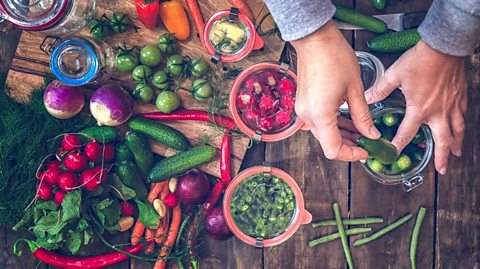
One day: Pickling
Youтve mastered cooking, youтve mastered bakingтІ what else is left to do in the kitchen? Pickling, of course! Fermentation is the process in which glucose is broken down anaerobically т in cooking, this is a method of food preservation that also changes the taste and texture. Fermentation using brine or vinegar is commonly known as тpicklingт.
Pickling is another ancient practice: gherkins (pickled cucumbers) are thought to have been made as far back as 2030 BC. But what was once necessary in the ages before refrigeration is now a tasty way of elevating a healthy snack. In some cultures, pickling is much more т for example, in South Korea, families make kimchi (fermented vegetables) together in a tradition known as gimjang; meanwhile, sauerkraut (sour cabbage) is a national dish in Germany.
All you need to get started is some veg, a jar, and a fermenting ingredient. Before you start, make sure your jar and other containers (including lids) are sterilised. Dry them well with a clean towel and ensure they're not damaged or cracked. Wash all your veg thoroughly before pickling, as this will avoid bacteria growth, and when you're ready to leave your creation to rest, make sure the lids are securely tightened.
Depending on the food you wish to pickle and the flavours you might add, prep can take anywhere between a couple of minutes to a couple of hours, and you can leave it to pickle overnight т or longer for a stronger flavour.
Remember: cured and pickled foods still donтt last forever т make sure to keep track of when stuff was made by labelling your jars, and always practise good food hygiene and safety. Keep an eye during the pickling process, and if you see a thin white or foamy layer or the smell has changed, it means the food has spoiled and should not be eaten. And if in doubt, throw it out.

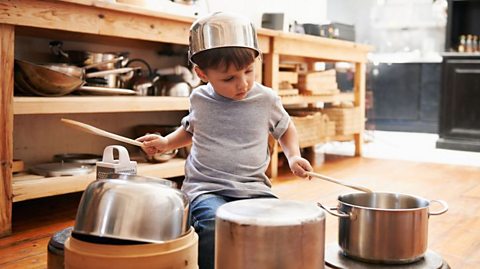
One week: Drumming (no drum set required!)
Percussion instruments are hit, scraped, or shaken to create a sound. But you donтt need any expensive instruments to be a drummer т you can start your percussion journey with just your hands.
And itтs toe-tappingly good for you: drumming engages both hemispheres of the brain, which is fantastic for improving coordination.
Drumming also releases happy hormones such as endorphins, and has been observed to regulate nervous system functions, which is all-round good for your health.
If youтre already a drummer, you might experiment instead with junk percussion by finding different objects to make sounds, or commit to nailing that solo youтve always wanted to.
Have a go at practising different drum beats every day for a week and see how your rhythm and coordination might improve.

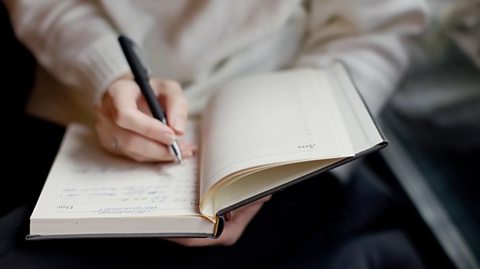
One month: Creative writing
Writing is a skill like any other, and requires practice, patience, and perseverance. Like journalling, creative writing can be a form of self-expression that carries mental health benefits. For example, you might find it easier to work out stresses and explore emotions through a character.
It doesnтt have to be a solo hobby either т you can study on a course with others, or seek out a free community class nearby to exchange feedback and make friends. Sharing work can be nerve-wracking, but critiquing and receiving feedback can improve your communication skills as well as your writing.
You might also have heard of NaNoWriMo (National Novel Writing Month) which takes place every November. Writers challenge themselves to write a 50,000-word draft of a novel before the month is out. If you fancy a true challenge, maybe have a go in the coming year!


One year: Scrapbooking
If writing isnтt your thing, a fun and creative way to record your memories is to scrapbook.
In the 15th Century, books compiling information were known as тcommonplacesт and usually contained notes, formulas, and recipes. Towards the end of the century, it became popular to include coloured illustrations. So even long before photographs, people have recorded their thoughts and compiled their memories.
To start your scrapbook, you donтt need to buy any fancy pens or materials т simply fill an old notebook with tickets, postcards, birthday cards and decorative papers to create an upcycled visual time capsule of your experiences. If you want to include clippings from your favourite magazines, remember to be careful when using scissors.
Keeping a record of the things you've enjoyed throughout the year and creating a feel-good spread for every month may help keep your smile going, and give you a little boost when you need it.
This article was published in December 2023

Five things to learn in 2023
Learning new things is proven to be good for your brain and can be even more fun when shared with friends. Weтve put together some ideas to get you started.

Five things to learn in 2021
There are plenty of strings you could add to your bow in the New Year.
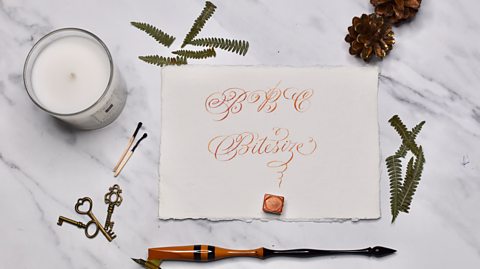
Twelve quick quizzes to give your brain a workout
Send your brain to Bitesize-d boot camp with these bitty brainteasers.
